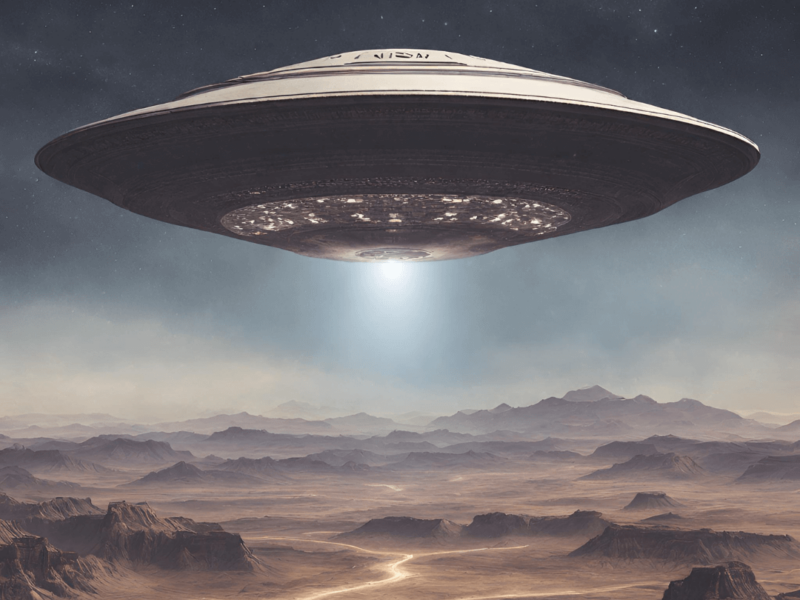Unveiling the Cosmological Time Dilation: Observing the Effects on High-Redshift Quasars
Introduction
Cosmological time dilation is a fascinating phenomenon that occurs in our vast and ever-expanding universe. It is a consequence of the expansion of space and is intimately connected to the concept of cosmic redshift. In simple terms, cosmological time dilation refers to the fact that time appears to run slower for objects at greater distances from an observer.
Understanding cosmological time dilation requires delving into the complex realm of astrophysics and cosmology. In this article, we will explore the concept of cosmological time dilation and its effects on high-redshift quasars, using the English Keywords “cosmological time dilation.” Let’s embark on a journey through the cosmic expanse and unravel the mysteries of time dilation.
Cosmological Time Dilation: The Essence of Relativity
To comprehend cosmological time dilation, it is essential to grasp the fundamentals of special relativity. First postulated by Albert Einstein in the early 20th century, special relativity revolutionized our understanding of space and time. One cornerstone of special relativity is the concept of time dilation. Time dilation occurs when the passage of time for an object depends on its relative velocity compared to a reference frame.
In the context of cosmological time dilation, we consider the expanding universe as our reference frame. The ever-increasing scale of the universe leads to an apparent slowing down of time for objects located far away from us. This phenomenon is directly linked to the redshift of light emitted by distant celestial objects, such as high-redshift quasars.
Exploring High-Redshift Quasars and their Time-Distorted Light
High-redshift quasars are extraordinary objects that provide us with valuable insights into the early stages of the universe. These celestial powerhouses are characterized by their immense brightness and are thought to be powered by supermassive black holes at their cores. Due to their enormous distances from Earth, we can observe them as they were billions of years ago.
When light emitted by high-redshift quasars reaches us, it has undergone cosmic redshift. Cosmological time dilation plays a crucial role in this process, as the redshift of light is directly related to the time it takes for the light to reach us. The stretching of space caused by the expanding universe results in an increase in wavelength, causing the light to shift towards the red end of the electromagnetic spectrum.
To observe the effects of time dilation on high-redshift quasars, astronomers use sophisticated telescopes and instruments. By analyzing the redshift of the light emitted by these quasars, they can infer the distance and age of these cosmic beacons. Cosmological time dilation allows us to peer back into the universe’s infancy and probe the mechanisms that drove its evolution.
Frequently Asked Questions about Cosmological Time Dilation
Here are some commonly asked questions about cosmological time dilation, along with their answers:
Q: How is cosmological time dilation related to the expanding universe?
The expansion of the universe causes space itself to stretch over time. As the distance between objects increases, the apparent passage of time slows down. This phenomenon, known as cosmological time dilation, is a consequence of the expanding fabric of the universe.
Q: Does cosmological time dilation affect all celestial objects equally?
No, cosmological time dilation primarily affects objects located at greater distances from the observer. As the light from these distant objects travels through space, it undergoes redshift due to the stretching of space. The greater the distance, the more pronounced the time dilation effect.
Q: How do astronomers measure cosmological time dilation?
Astronomers measure cosmological time dilation by analyzing the redshift of light emitted by distant celestial objects, such as high-redshift quasars. By studying the change in wavelength, they can calculate the difference in time between the object’s frame of reference and our own.
Conclusion
Cosmological time dilation is a captivating phenomenon that enables us to peer back into the depths of the universe and witness the distant past. By observing the effects on high-redshift quasars, astronomers gain valuable insights into the early stages of cosmic evolution and the dynamics of space and time. The English keyword “cosmological time dilation” highlights the importance of this concept in unraveling the mysteries of our universe. As our telescopes and knowledge continue to improve, we can look forward to further discoveries and a deeper understanding of the intricate interplay between time, space, and the cosmos.

